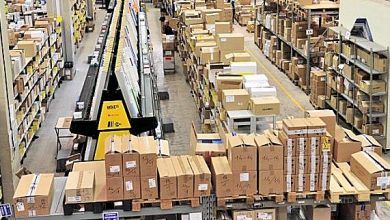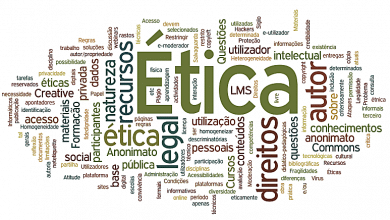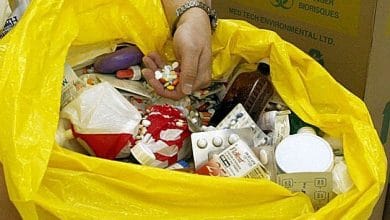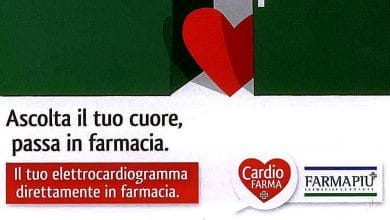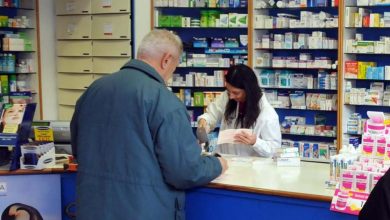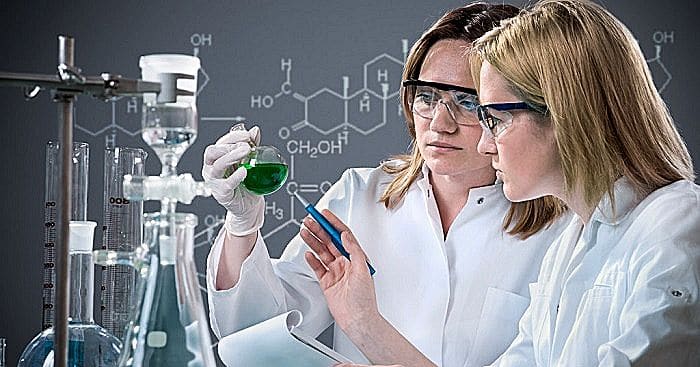
The results of an analysis published in 'Plos One'
THE research laboratories are increasingly places for women. This is demonstrated, even in defiance of the recent affirmations of the British Nobel Prize for Medicine Tim Hunt, by the analysis of the patent applications presented in the last 40 years to the US Patent and Trade Office by inventors from all over the world. The analysis, published in 'Plos One', shows a surge in the number of female scientists who have applied to have their discoveries patented in the USA. A growth that particularly concerns academia, compared to sectors such as industry, government or individual inventors. The analysis examined 4.6 million applications submitted from 1976 to 2013 by people from 185 countries, explains Cassidy Sugimoto of IU Bloomington. “Seeing that women patent at higher rates in universities than industries, government institutes and individuals is a surprising finding,” comments Sugimoto. According to his data, patents bearing female names have risen in 40 years from 2-3% to 10% in industry, 12% in individuals and 18% in academia. Not only that, the analysis of the applications shows that 'pink' patents often include contributions from various fields, which suggests to the authors that female scientists are generally more collaborative and have a multidisciplinary approach. But where do these scholars come from? The percentage of patents applied for by women is higher in Eastern European countries, Asia and some African countries.
research laboratories are increasingly places for women. This is demonstrated, even in defiance of the recent affirmations of the British Nobel Prize for Medicine Tim Hunt, by the analysis of the patent applications presented in the last 40 years to the US Patent and Trade Office by inventors from all over the world. The analysis, published in 'Plos One', shows a surge in the number of female scientists who have applied to have their discoveries patented in the USA. A growth that particularly concerns academia, compared to sectors such as industry, government or individual inventors. The analysis examined 4.6 million applications submitted from 1976 to 2013 by people from 185 countries, explains Cassidy Sugimoto of IU Bloomington. “Seeing that women patent at higher rates in universities than industries, government institutes and individuals is a surprising finding,” comments Sugimoto. According to his data, patents bearing female names have risen in 40 years from 2-3% to 10% in industry, 12% in individuals and 18% in academia. Not only that, the analysis of the applications shows that 'pink' patents often include contributions from various fields, which suggests to the authors that female scientists are generally more collaborative and have a multidisciplinary approach. But where do these scholars come from? The percentage of patents applied for by women is higher in Eastern European countries, Asia and some African countries.
Margherita Lopes – 13 July 2015 – PharmaKronos
Bracco rewards female start-ups
Launched by Women for Expo and the Italian pavilion
 Awarded the winning ideas of the 'Women's Projects' competition launched by Women for Expo and the Italian pavilion, created to enhance female entrepreneurial talent and, together with the 'Projects for Women', to promote ideas aimed at improving the quality of life of women woman. "There was a strict, very professional selection, and I think these are good projects," says Diana Bracco, president of Expo Milano 2015 and commissioner of the Italy pavilion.
Awarded the winning ideas of the 'Women's Projects' competition launched by Women for Expo and the Italian pavilion, created to enhance female entrepreneurial talent and, together with the 'Projects for Women', to promote ideas aimed at improving the quality of life of women woman. "There was a strict, very professional selection, and I think these are good projects," says Diana Bracco, president of Expo Milano 2015 and commissioner of the Italy pavilion.
The three winners, who won prizes for 40,000, 30,000 and 10,000 euros, are Elena Carmagnani (first classified), author of 'Orti Alti', Marina Olwen Fogarty (second), creator of 'Alto Piemonte Al-Top' and Elena Bellacicca (winner of the Vivaio Prize, reserved for competitors under 35), author of the digital project 'FindMyLost'.
“Our sponsors – explains Bracco – have allocated important prizes, but we give visibility to all the projects because we believe that all of them deserve attention”. The competition was supported by the Milan Foundation for Expo 2015, the Giuseppina Mai Foundation of Confindustria and Accenture. "A start-up - says Bracco - needs someone who accompanies it, we hope to help these young people find someone who can accompany them" in their growth path.
The president of Expo Milano 2015 recalls that “when it comes to start-ups, the most difficult thing is the development period: you start from the idea, but then the result is when you are on the market. In the middle there is this 'march in the desert' which is development. Which is the really difficult one because you need to have so many resources” to be able to consolidate the initial idea. Choosing to reward three female entrepreneurs means enhancing female talent which is “one of the most important reasons for development. It is also thanks to women – underlines Bracco – that the world we will leave to future generations will be better

